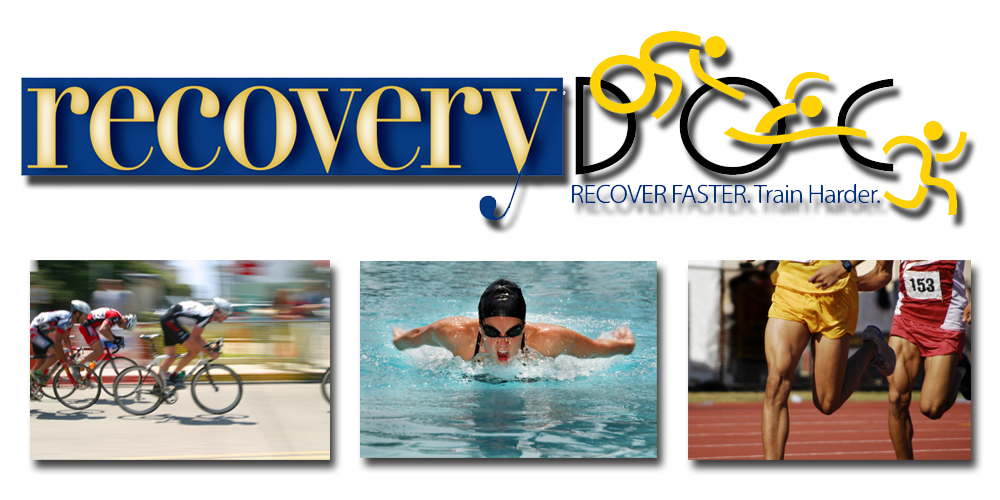Which On-field Signs/Symptoms Predict Protracted Recovery From Sport-Related Concussion Among High School Football Players?
- Brian C. Lau, MD*,†,
- Anthony P. Kontos, PhD‡,
- Michael W. Collins, PhD‡,
- Anne Mucha, PT§ and
- Mark R. Lovell, PhD‡
+Author Affiliations
- ↵* Brian C. Lau, MD, 3200 South Water Street, Pittsburgh, PA 15203 (e-mail:blau10@gmail.com).
Abstract
Background: There has been increasing attention and understanding of sport-related concussions. Recent studies show that neurocognitive testing and symptom clusters may predict protracted recovery in concussed athletes. On-field signs and symptoms have not been examined empirically as possible predictors of protracted recovery.
Purpose: This study was undertaken to determine which on-field signs and symptoms were predictive of a protracted (≥21 days) versus rapid (≤7 days) recovery after a sports-related concussion. On-field signs and symptoms included confusion, loss of consciousness, posttraumatic amnesia, retrograde amnesia, imbalance, dizziness, visual problems, personality changes, fatigue, sensitivity to light/noise, numbness, and vomiting.
Study Design: Cohort study (prognosis); Level of evidence, 2.
Methods: The sample included 107 male high school football athletes who completed computerized neurocognitive testing within an average 2.4 days after injury, and who were followed until returned to play as determined by neuropsychologists using international clinical concussion management guidelines. Athletes were then grouped into rapid (≤7 days, n = 62) or protracted (≥21 days, n = 36) recovery time groups. The presence of on-field signs and symptoms was determined at the time of injury by trained sports medicine professionals (ie, ATC [certified athletic trainer], team physician). A series of odds ratios with χ2 analyses and subsequent logistic regression were used to determine which on-field signs and symptoms were associated with an increased risk for a protracted recovery.
Results: Dizziness at the time of injury was associated with a 6.34 odds ratio (95% confidence interval = 1.34-29.91, χ2 = 5.44, P = .02) of a protracted recovery from concussion. Surprisingly, the remaining on-field signs and symptoms were not associated with an increased risk of protracted recovery in the current study.
Conclusion: Assessment of on-field dizziness may help identify high school athletes at risk for a protracted recovery. Such information will improve prognostic information and allow clinicians to manage and treat concussion more effectively in these at-risk athletes.
Keywords:
- concussion
- mild traumatic brain injury (mTBI)
- signs/symptoms
- neurocognitive testing
- recovery time
- prognosis
Am J Sports Med November 2011 vol. 39 no. 11 2311-2318









.JPG)





No comments:
Post a Comment